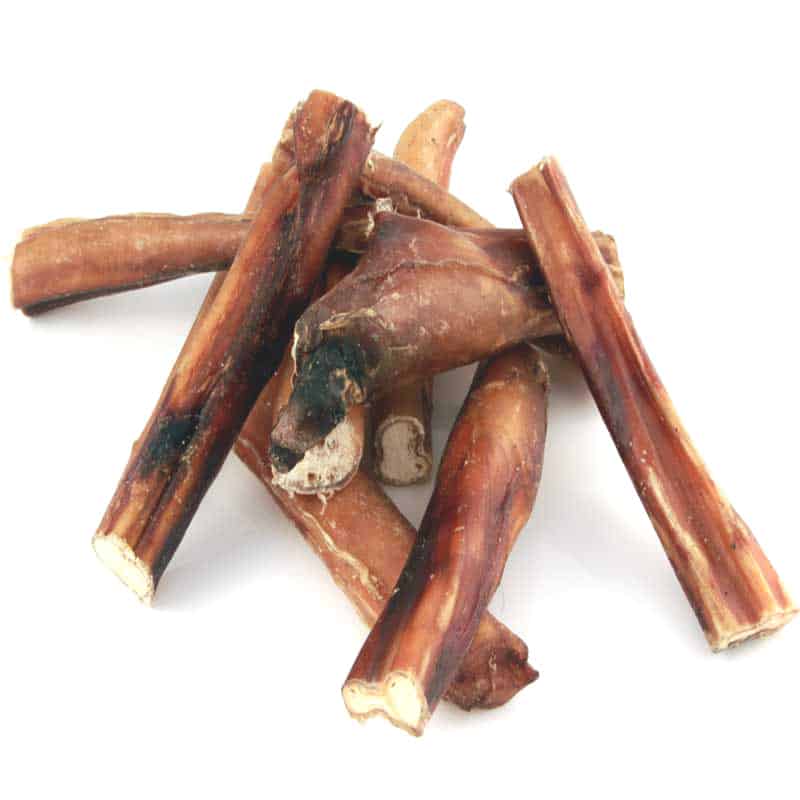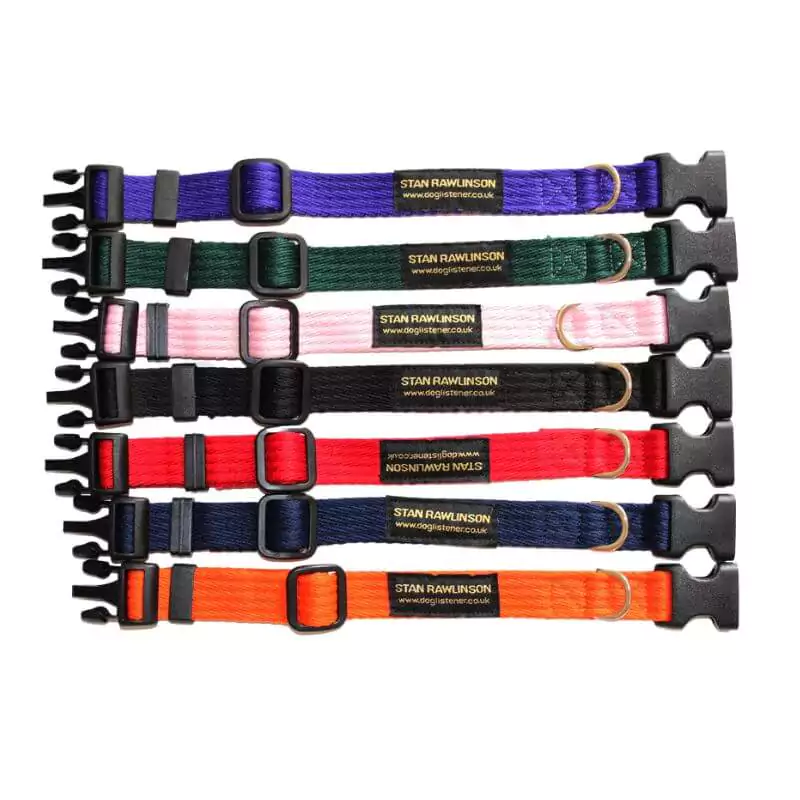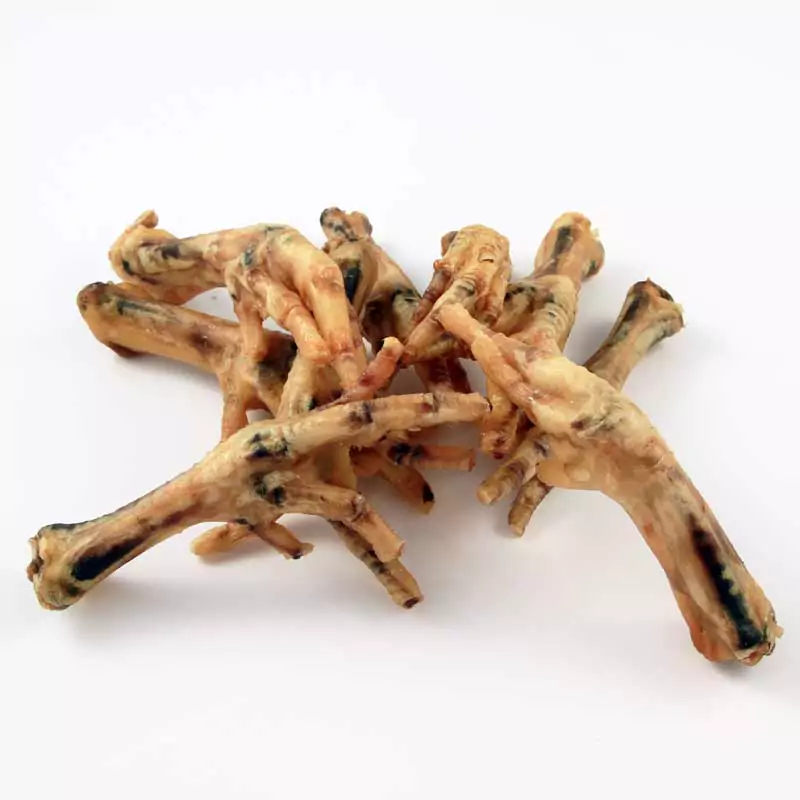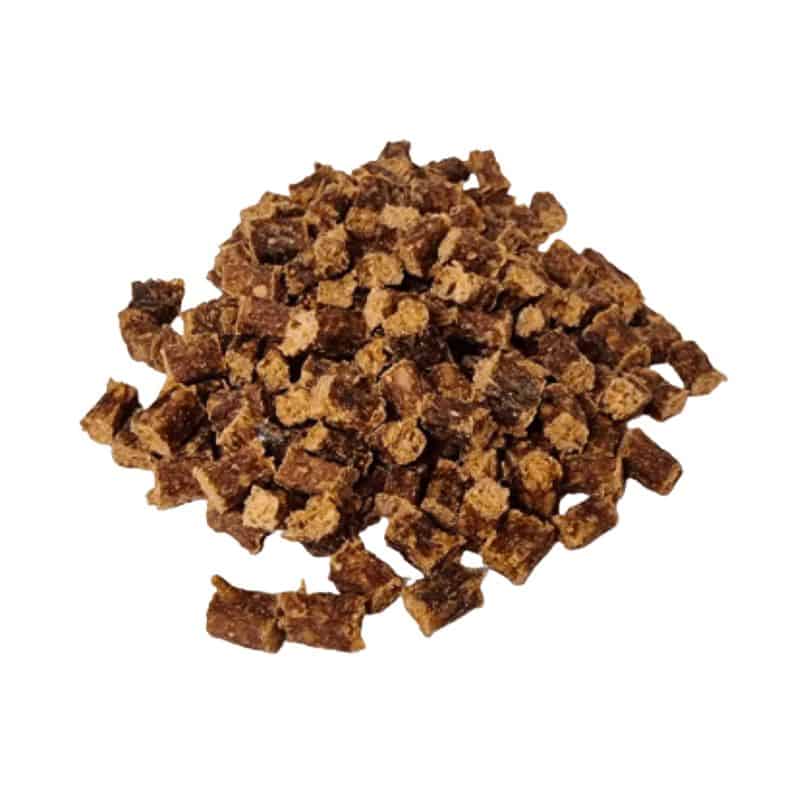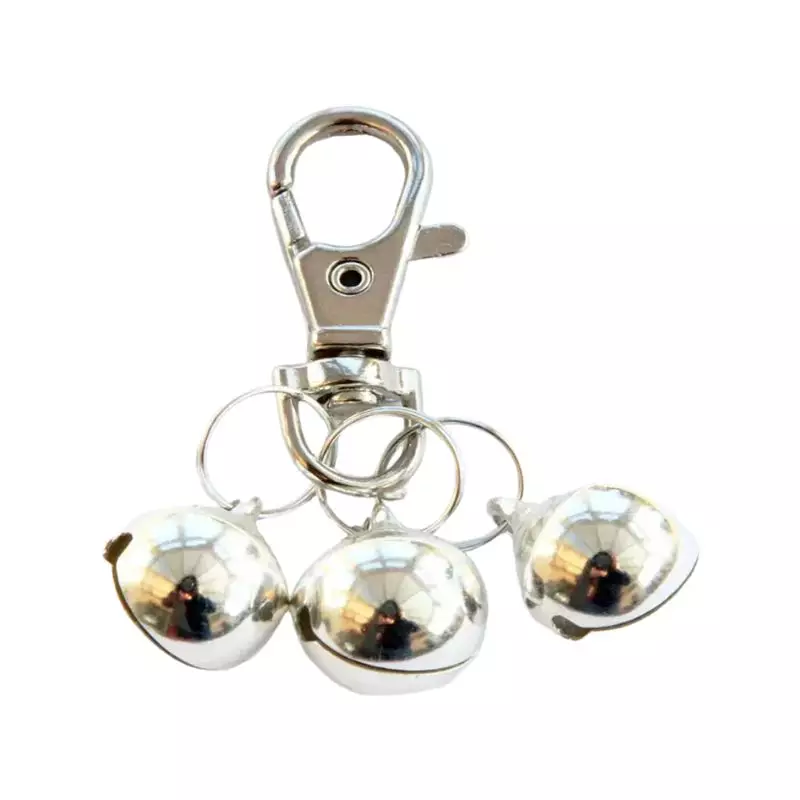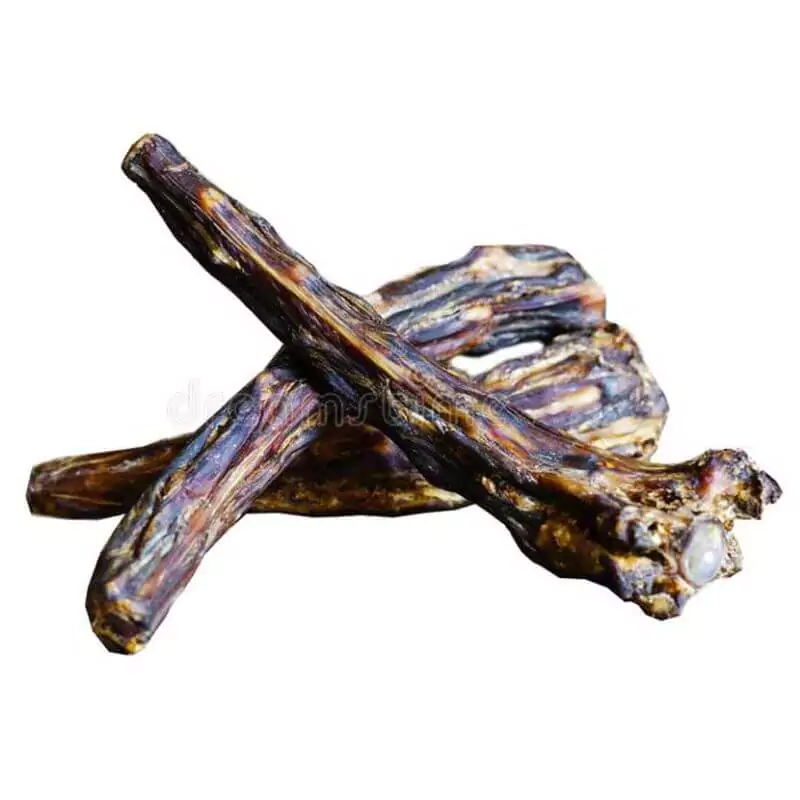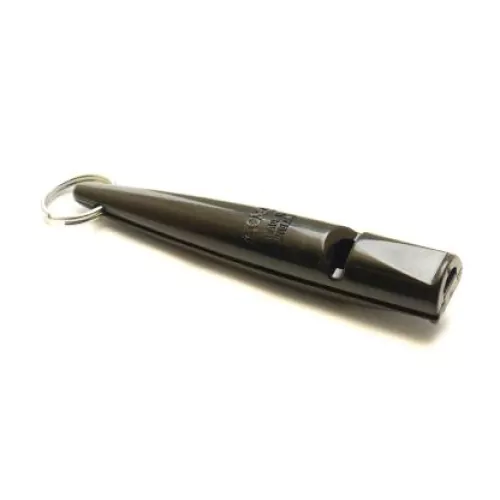Different Types of Dog Aggression
The Different Types of Aggression in Dogs
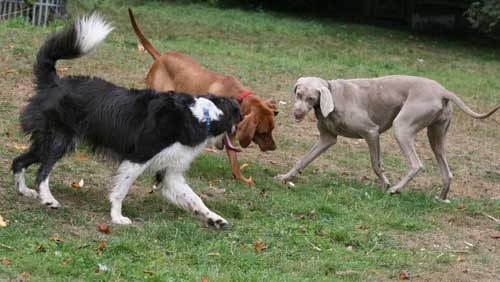
Fear Aggression: This is the most common form of aggression is one of the main reasons dogs are euthanised or rehomed.
At least 30% of all dogs in rescue centres are there because of the incidence of aggression in one form or another. It is unusual to have a dog to have just one type of aggression, normally they could have two or three.
The most common reason for either aggression to people or other dogs is fear, not dominance, As an expert witness under the 1991 Dangerous Dogs Act in UK law courts, I get to assess, treat and see more cases of aggression than anything else. Most of this stems from the first 16 weeks of the dog’s life. Lack of socialisation during these critical periods is the main culprit for aggressive and reactive behaviour. This interdog and human socialisation should continue throughout the dog’s whole life.
Sometimes fear-based problems can be helped with mild anti-anxiety medication. I would normally steer away from mainstream drugs for this condition unless very serious. The one I normally use is Scullcap and Valerian a licensed herbal medicine for the symptomatic relief of anxiety, nervousness, excitability and travel sickness and an adjunct in the treatment of epilepsy in dogs and cats. (10) Scullcap and Valerian
Neutering: The second worst culprit is neutering. I am amazed to still hear so-called trainers and experts who say “just neuter it that will sort it out”. They could not be further from the truth. I cover this at the end of this article.
Some aggressions, especially if the dog is attached to a lead when they aggress at either humans or other dogs. Can be helped and checked by the use of a (1) The Jingler.
Try to imagine the Jingler as the opposite of a clicker. It tells the dog when it has done something wrong, rather than a clicker that says when it has done something right. I use this a lot with dogs that have aggression whilst on the lead, Once taught this can transfer to off lead using my unique techniques.
Over Vaccination: It may surprise you to know that over-vaccination can cause aggression, the over-vaccination part link is at the bottom of this article. Check out neutering under articles for that information
Most dogs have more than one of the following types of behaviour. It would be prudent before embarking on any program of aggressive behaviour modification, to rule out any medical reasons for that behaviour, especially if there is a sudden change in the dog’s temperament.
There are some fifty-odd different medical reasons why a dog may be showing aggressive tendencies. They range from Lack of Socialisation Neutering, Pain, Thyroid Dysfunction, Epilepsy, and Diabetes.
One of the most important facts to remember is that all aggression should be treated as early as possible. Ignoring the symptoms and hoping it will get better with age is never the best option.
This is especially pertinent to puppies. Early-onset aggression should be assessed and treated under the age of 16 weeks if possible. A dog’s full personality, bite inhibition, and temperament is formed by this age. Therefore, treatment can in many cases be far more effective during this crucial time.
This is only a part of the different types of aggression, because of the constraints of space it can only be a fleeting reference. I have covered fully in (2) Bowl or Food Guarding “and (3) Possession Aggression Resource Guarding in previous articles in Dogs Monthly (one of the numerous magazines I have written articles for)
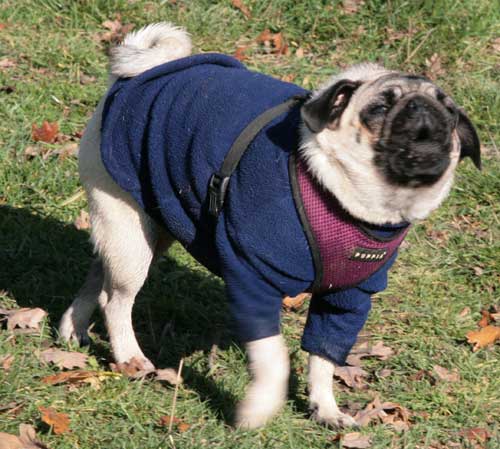
This type of aggression to dogs or humans accounts for about 93% of all dogs that show aggression and most of it is formed in the first 16 weeks of the puppies life
Having said that, fearful aggression can be genetic and have its roots in the pup’s mother or father,
However, the main reason for this type of aggression is from lack of early socialisation to humans and dogs
The breeder and the pups 1st owner can create this problem either through either ignorance of what is required o just laziness. see (4) Critical Periods in a Pups Growth
Breeders that breed from fearful and timid dogs, will often make excuses as to why you cannot see the parents.
If you do view a litter of puppies and the mother or father show fearful behaviour then do not even consider buying that puppy, The fear is genetic and can not be fully cured. It could be that the puppy has a form of autism. Yes, dogs can be born with Autistic Spectrum Disorder see (8) Can Dogs Be Autistic
It is almost certain that the pups will inherit some of the parent’s traits through both genetics and socialisation during those early weeks up to 7 weeks. Genetically the pups may inherit either the male or the female’s timidity. If the mother is fearful then that is a double whammy. That is because during the time they are with her they may also observe her fear and timidity and follow suit.
Scientific research has shown that even pups that are born to a solid and stable mother, which are then put with a bitch that is fearful will copy the new dog. Therefore, proving the links between socialisation and genetics They can pick up some of the unstable habits from the fearful dog, especially in weeks three through to seven.
Another reason for this fear type of problem is when a puppy or adult dog is attacked by another dog, especially whilst on the lead. If the dog has no means of escape or is restricted from showing submissive body language to the attacker because of the owner’s actions and the lead. Then the dog can get a fear of dogs approaching whilst on the lead. If we then comfort the injured or frightened dog we only confirm that the fear is real and that will only make matters worse.
Lack of early socialisation can also have a massive effect on this type of behaviour. If the young pup, especially between the age of seven and sixteen weeks is not carefully socialised with both adult dogs and other puppies, then they do not learn to “meet and greet”
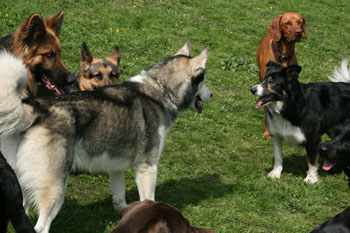
The complex body language dogs learn at this age is crucial to their later behaviour, when they are approaching unknown dogs.
If they are unable to either perform or understand the greeting rituals, then they are immediately viewed with suspicion and conflict may arise.
This is especially so if they have not been socialised with puppies of a similar age.
Hence, the requirement to attend puppy classes as soon as possible, from eight weeks of age is absolutely crucial. See my (9) Puppy Classes. If you are not in my area it explains what you should look for when choosing a puppy.
With nervous and fear aggressive dogs, you will find that they will react similarly to any dog, regardless of whether it is male or female. The behaviour is often worse if the dog is on the lead or is cornered, especially if close to the owner, who backs up the behaviour, (though unwittingly) by becoming nervous and agitated as another dog approaches.
This manifests itself in a tightening up on the lead and shoulders because of the expectation of conflict. Nervous owners also kick out clouds of adrenaline that the dog instantly detects, this causes it to look for what is causing the concern.
It sees the dog approaching and reacts accordingly. This type of dog is also normally a barker, it will lunge and bark at the approaching dogs but generally, will not snap, unless all its options have run out, ie flight or freeze, after its threat posturing didn’t work and the other dog had got too close.
This problem can often be diagnosed if someone who is confident around dogs (that the dog does not know well) takes it out on the lead. It will not get the same fearful vibes from the owner, therefore, the reaction to another dogs approaching will be less intense.
It is a good way of finding out if your dog suffers fear aggression as the behaviour will either not be exhibited or will be less pronounced. The owner can then use a desensitisation program for both the dog and themselves.
Neutering will make the problem worse if the problem is fear-based. The hormones removed by neutering are confidence boosters and serotonin uplifters. Neutering should only be performed if the dog is hormonally aggressive read (5) Neutering Overview
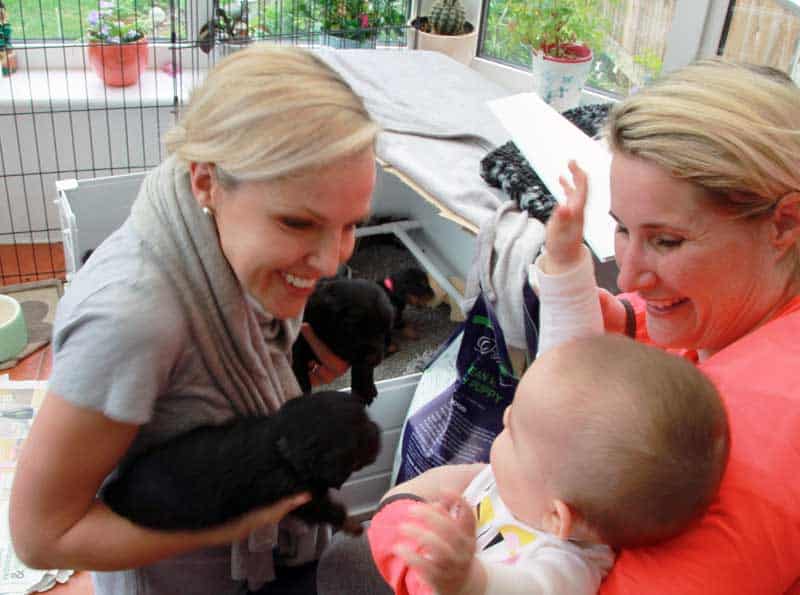
(2) Fear/Nervous Aggression Against Humans: This is generally caused by a lack of early socialisation between the critical period of 0 to 12 weeks.
As mentioned earlier is the main reason for most aggressive behaviour. Both the breeder and the first owner has a massive input during this crucial time.
Bad breeding and sometimes non-existent or poor handling at an early age can be one of the causes of this behaviour. Starting as young as one-day-old, puppies that are not handled gently and often by the breeder do not get a strong tactile bond with humans. This is often the case with puppy farmed dogs and dogs born to some commercial and show breeders.
This handling at such an early age causes a mild stress response in the tiny pups, which benefits its ability to cope with many situations including accepting unknown people and dogs in later life. Nervous and fearful aggression is always defensive in nature, sometimes it is related to the sex of the person.
The picture above is one with my litter of pups born good Friday I had over 200 people including children dogs and older people coming and handling all my puppies before they were 7 weeks of age. It made an enormous difference and my pups are very well known in the area for being fantastic with dogs and people.
If the breeder was female, and very few males visited or handled the puppies, then the timidity and fear may be worse against men. This particular problem like inter-dog hostility will manifest itself mainly with individuals rather than crowds. You will find that the puppy/dog will bark a lot but will be under a table or behind a settee.
The tail will be down and although it may seem overly aggressive, the dog’s balance and weight will be on the back foot not over the front feet. This demonstrates that the dog wants you to go away and is not always initially trying to bite or attack you.. A gradual and careful introduction to the stimulus that is causing the fear with positive reinforcement for calm behaviour is one way to overcome this type of problem, though the dog will rarely make a total and full recovery and will never be the life and soul of the park parties.
(3) Frustration or Redirected Aggression: Research has shown that dogs who are not allowed to interact “normally” with people and dogs were prone to displays of bad temper and behaviour that is overtly aggressive. This is especially the case where they know the people or the dogs that they are trying to interact with.
These are dogs that are generally physically restrained or restricted from normal interactions with people and other dogs. As the dog develops, the more it creates an intense desire to gain access to all of those things that are restricted. You can see this phenomenon in training classes, puppy socialisation, dog kennels, dog shows, and doggy day-care units if they inhibit normal interaction.
This desire can escalate into escape and roaming behaviour, agitation, biting and unprovoked attacks. It is also observed in dogs that are left tied up in flats, left in gardens, or near a window where they can see the things they want to interact with, but cannot get to them causing displays of unprovoked aggression and frustration.
To some extent, the aggression shown to the postman is often based on frustration. I have seen dogs attack their owner or a second dog in the home because it cannot get to the person at the door.
The changes in the rules regarding the dangerous dogs act in 2014, saw a major change in how and where dogs can be deemed to be dangerously out of control. Your dog can commit a criminal offence and you will be responsible if it attacks or just threatens a person both in a public place and in your own home or property.
I have written an article explaining these changes and just how strict the law is. It will mean you will get either a prison sentence a hefty fine and a criminal record if you fall foul of this very important law. …
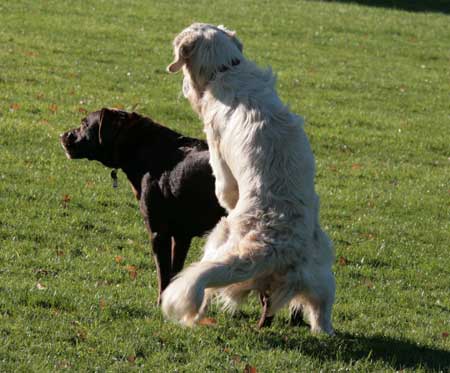
Sexual Dominance and Aggressive mounting
(4) Sexual Aggression: This type of aggression is usually limited to male dogs. They will mount both people and other dogs.
Mounting activity directed towards humans may reflect a lack of opportunity for the dog to play with other dogs or an over-attachment to people in early life,
Mounting on other dogs especially if they initially try to put their heads over the other dog’s necks can be related to rank and control complex behaviour.
Castration and behaviour modification can sometimes help with this problem. However be very careful, if the aggression is fear-based rather than sexual then castration will almost certainly make it worse. Neutering removes vital hormones that are a confidence booster and serotonin up-lifters which are related to the feel-good factor. Allowing the dog to mate with other dogs can often be recommended by the amateur dog expert, this would normally make the problem increase rather than decrease.
(5) Territorial Aggression: This can be towards other dogs, people or both. I many cases it is related to fear aggression rather than dominant behaviour. When dogs display aggression to strangers or other dogs only on the home, property, or in close proximity to your house, or yard, yet do not respond aggressively to strangers or other dogs on neutral territory, then territorial aggression is the likely diagnosis.
There are two primary motivations for territorial behaviour, control complex behaviour ie dominance or fear/anxiety. It may be worse in a small space such as a car than in an open area. Some dogs like this can be fine in the home, but not so good in the garden or yard.
Some breeds appear to frustrate much quicker than others, these are generally the working dogs such as Collies, Springer’s Cockers and some Retrievers The only answer to this problem is to work on the dominant/territorial problem in a way in which a dog understands its position through a behaviour modification program, using position reinforcement techniques.
Remember not to praise for the cessation of bad behaviour rather praise for that bad behaviour not happening in the first place. In other words, say the dog jumps up on someone and you say “OFF” if the dog responds to the “OFF” command do not praise,
If you praise then you will be praising the inappropriate behaviour, which was the jumping then the getting down. To help remember when to praise and when not to. Think of it this way, If you have to issue a command because the dog is doing something wrong then you cannot praise the dog for stopping or it will link the two actions together and the bad behaviour will increase
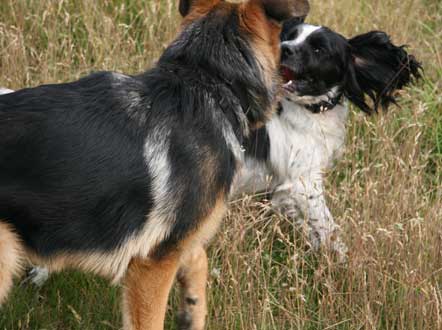
(6) Misdirected Aggression: Separating two dogs that are fighting can be dangerous as not all known methods are effective with every pair of dogs
Dogs fight at different intensities and for different reasons. Learning how to avoid situations that can lead to a dogfight is better than having to break one up.
Frequently one or both dogs can misdirect their aggression towards the person attempting to break up the fight.
Whether this is considered to be a dog attack on a person, will depend on the circumstances leading up to the incident, the actions of the person breaking up the fight and the past history of the aggressive dog. Human hands intervening may not be seen as a hand but as another element of the original attack. People who try to break up fights between dogs are often the victims of what is called accidental or misdirected aggression.
This is quite a common situation, resulting in accidental bites from dogs that are otherwise wonderful, loving pets. Often it is a human, not a canine mistake that triggers the bite. And does not always signify or indicate that the dog is in any way dangerous or out of control.
Often dogs do not recognise their owners in these situations may bite them when they come too close. Owners in other instances can accentuate a fight by intervening, as the dog will then fight not only to protect itself but also its owner.
(7) Control Complex/Dominance Aggression: The initial approach to other dogs is often cautionary and contains many status signals, like the tail carriage, held high and quickly moving from side to side, standing on tiptoe etc. If the other dog submits, then all is usually fine, if not the fighting can be extremely noisy and in some cases quite severe.
In both the last two examples, dominant and territorial aggression, I usually find the dog will pull quite badly on the lead. These dogs can also display aggressive tendencies towards members of the family, which could lead to an attack if not controlled in the early stages of this behaviour.
By working on a program that will give the dog a purpose and a position in life almost a job and teach the dog to walk on a loose leash can sometimes overcome the problem. The type of program I would use is the NILIF program which stands for “Nothing in Life is Free” See my website under (5) Dominance
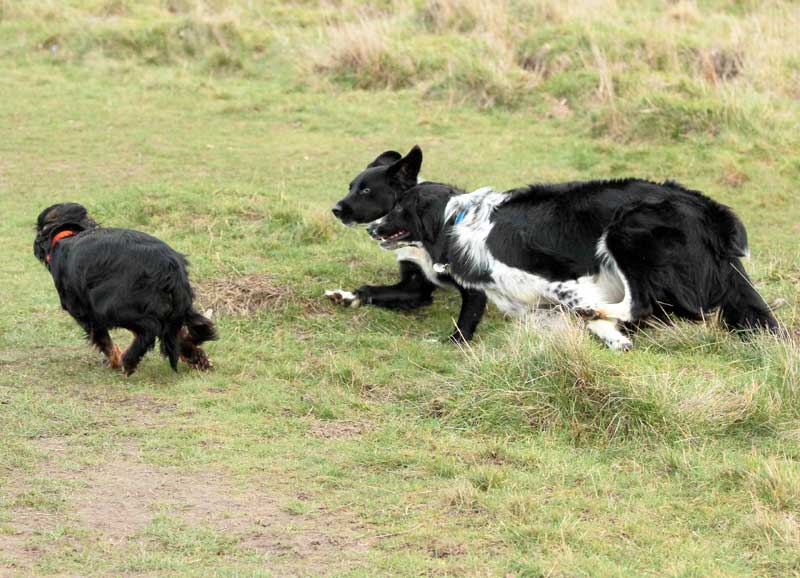
(8) Chase or Predatory Aggression: This can be directed at many things including dogs, cats, or anything that stimulates a chase response. Squirrels are a favourite, as their quick jerky movements seem to stimulate even the most placid of dogs.
I see a lot of predatory chase aggression in for instance Border Collies, in particular, stimulants like bikes, skateboards joggers and cars. One of the key factors that distinguish predatory aggression from other forms of aggression is that movement often is the trigger.
In the wild, this movement is in the form of running and escape attempts of small animals. Predatory behaviour can be seen in dogs of any sex and age.
Dogs that show intense interest and become aroused or anxious by the movement or noise of children or other pets should be closely monitored at all times. Prognosis is not good for this type of aggression. Reward-based obedience training can help however this is only any use if the owner/trainer is able to constantly monitor the dog at all times.
It is easier to control the chase stimulus when it is directed at cars, joggers, or people riding bikes. Two types of common treatments include counter-conditioning used to change the dogs’ perception of the falsely identified prey. Many also believe punishment works ie noise aversion when the behaviour is first stimulated.
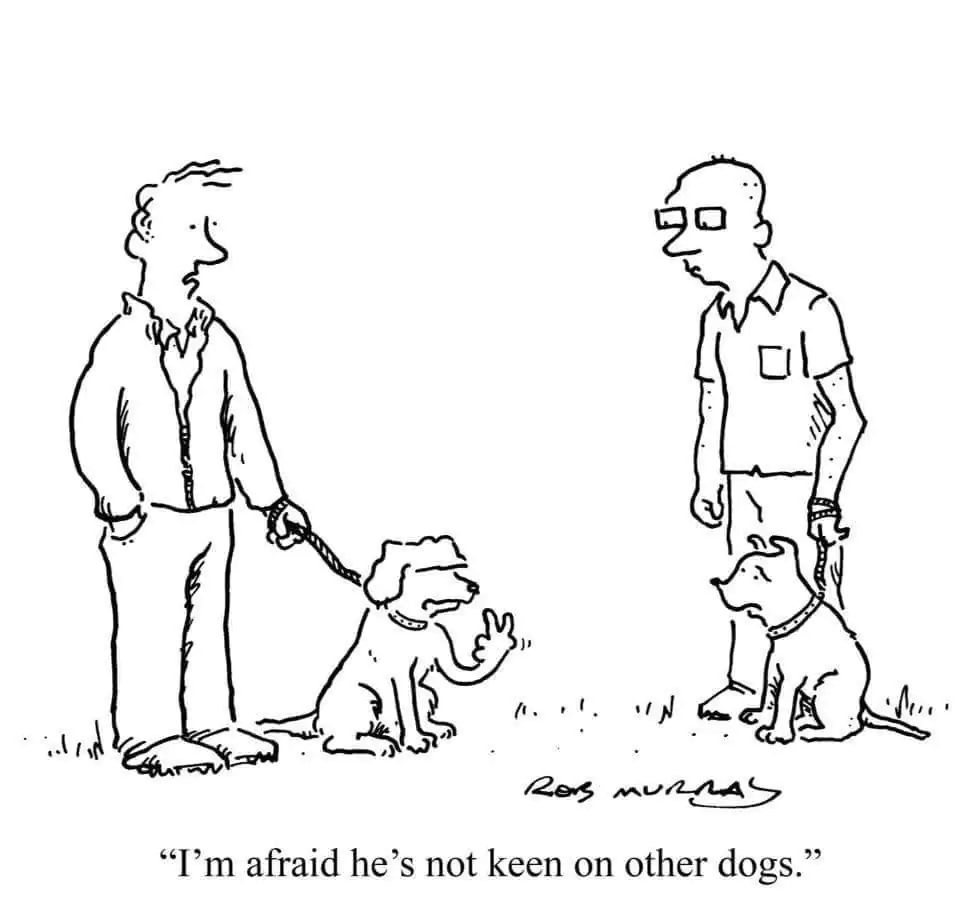
Throwing down a plastic bottle of stones from a passing bike or car can sometimes alter this behaviour.
However, these must be set professionally, by a behaviourist versed in aggressive behaviour. Aversives need to be specially set using psychological stimuli;
To be effective, punishment must be seen as aversive and the timing of the punishment must be exact so that the dog associates the punishment with the behaviour.
I am predominantly a reward-based positive trainer. But I will use whatever is necessary to save a dog’s life. Predatory chase aggression is very serious and you will not stop it with a clicker and a treat whatever anyone tells you.
Electric shock collars have also been suggested but are not part of any treatment program I would normally recommend, unless in very serious circumstances whereby the dog’s life will be lost if it continues the behaviour. Stock worrying would come under this umbrella. A farmer or shepherd or owner of any animal has every right to shoot your dog if it is worrying his stock or attacking other animals
Neutering: As discussed earlier, aggression often has its origins in bad breeding, lack of early socialisation, high prey drive, and poor basic training, it can also be related to medical conditions. Therefore before embarking on a course of behavioural therapy, it may be prudent to have your dog checked over to see if there are no underlying medical conditions that could be the cause the problem. This is an absolute must if the behaviour suddenly appears without any apparent cause or reason.
Neutering, which is the word used to cover both spaying and castration would be an absolute disaster if performed on a fearful dog. By removing either the ovaries or the testicles you remove vital hormones which are serotonin uplifters and confidence hormones. Therefore you will make the dog more fearful, therefore more aggressive. Read this article carefully before you neuter any dog for any reason. (5) Neutering Overview.
Learned aggression can normally be cured, however, hereditary aggression cannot, neither can aggression related to lack of early socialisation. These types of aggression can only be controlled and hopefully contained. Castration rarely helps and almost always increases the aggression unless the problem is hormonal,
Please remember hormonal aggression is normally male-only, not female dogs. Neutering female dogs that are showing aggression will often make the aggression far worse. and should only be considered in an overall aggression reduction program by an expert in this field Unfortunately, TV shows like the dog whisperer tend to show that aggression is all dominance and Alpha based. This could not be further from the truth it has been calculated that approximately 93% of all aggression in dogs is fear-based. see (6) Timid and Fearful Dogs
Stan Rawlinson July 2003
Regularly updated last updated January 2022
(1) The Jingler.
(3) Possession Aggression Resource Guarding
(4) Critical Periods in a Pups Growth
(5) Dominance
(9) Puppy Classes



